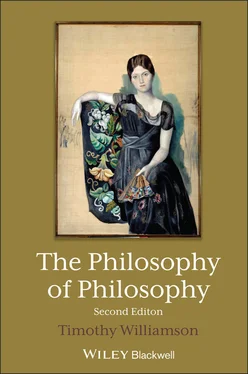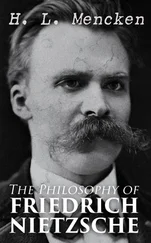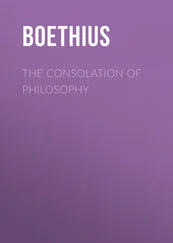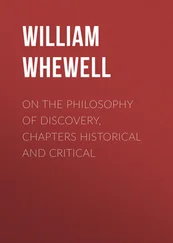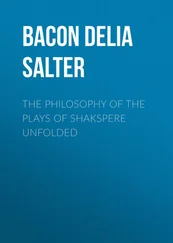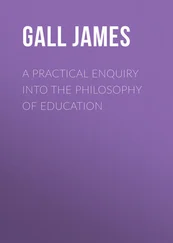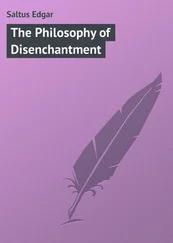646 608
647 609
648 610
649 611
650 612
651 613
652 614
653 615
654 616
655 617
656 618
657 619
658 620
659 621
660 622
661 623
662 624
663 625
664 626
665 627
666 628
667 629
668 630
669 631
670 632
671 633
672 634
673 635
674 636
675 637
676 638
677 639
678 640
679 641
680 642
Preface to the Second Edition
It was Marissa Koors, Philosophy editor at Wiley-Blackwell, who in 2018 proposed renewing The Philosophy of Philosophy in a second edition, with extra material on developments since 2007, when the book was first published. I liked the idea, without feeling tempted to rewrite the first edition. Since its publication, I have continued to stand behind all its main ideas and most of the details. In subsequent writings, I have further clarified and developed its lines of thought, responded to critics, and filled in omissions. However, those later pieces were scattered about, hard to survey and in some cases hard to find even for me, let alone anyone else. It may be helpful for readers to have all this material collected together into one volume, constituting a more comprehensive philosophy of philosophy, with replies to the sorts of questions and objections it tends to provoke.
My other projects delayed work on the second edition for over two years. This preface, written in the Oxford of 2020, under partial lockdown as a result of Covid-19, is an opportunity to look back, and forward, in briefly introducing the new material.
The most constructive additions are Sections 9.1–9.4, four essays that substantially extend the first edition’s picture of philosophy, both its methods and its recent history. Each was written not so much as a contribution to an ongoing conversation as an attempt to start a new one. Those attempts already seem to be succeeding. Section 1, “Widening the picture,” explains the topics of the new conversations, and how I came to be interested in them.
The other new sections, most of them quite short, and some of them quite polemical, were all written in something more like response-mode. Thus the distribution of topics in them is some evidence of what was happening in the philosophy of philosophy in the years after the publication of the first edition. The two response-mode sections of full article length, Sections 10.2 and 10.4, are defenses of armchair philosophy against attacks from “experimental philosophers.” Of the shorter sections, twenty were my invited replies to book symposia on the first edition, in Analysis , Philosophical Studies , Philosophy and Phenomenological Research , Analisi (the bulletin of SIFA, the Italian Society of Analytic Philosophy), and the Croatian Journal of Philosophy , and to a symposium in Epistemology and Philosophy of Science (Moscow) on a paper in which I briefly summarized my updated view of philosophical methods (2019c). 1Another five short sections originated as book reviews invited for The Times Literary Supplement , Philosophy , the European Journal of Philosophy , and The Journal of Philosophy . One commentary (14.5) originated in an invitation to review a large group of works of popular philosophy collectively for The Times Literary Supplement , another (14.6) in an invitation to contribute to the blog Daily Nous . Section 11.5 developed out of an invited reply for the New York Times ’ philosophy blog “The Stone” to a defense of naturalism by Alex Rosenberg against my original post, out of which developed Section 11.4, itself provoked by “naturalist” responses to the first edition. I usually accept invitations to contribute to symposia on my books and articles, and to review books on topics on which I am currently working, though for many years my policy has been not write unsolicited replies to reviews or criticisms of my work; life is too short. Thus the balance of topics discussed in the additional response-mode sections is not an artefact of my selection.
All the sections have been written to be readable by themselves, which occasionally involves some local repetition. The response-mode material is overtly one-sided, since it includes only my half of each exchange – altogether, with nearly thirty philosophers, based in Australia, Canada, Croatia, Italy, Russia, the United Kingdom, and the United States. Of course, to judge properly whether I have been fair to my interlocutors, readers will have to read their side too. In any case, I am deeply grateful to all those who have spent so much time and effort carefully reading my work and articulating their responses.
In contrast to the first edition, the additional material is designed to be read selectively, according to the reader’s interests. It also varies in how wide a readership it was written for, depending on its original place of publication, another dimension on which readers may wish to choose. But the underlying view of philosophy is the same throughout.
Sections 2 to 5 of this Preface briefly introduce the new response-mode material. Section 1 concerns the more spontaneous sections.
1. Widening the picture
My deepest instincts about the nature of philosophy have changed little over my career. For instance, I recall thinking as an undergraduate that transposing philosophical questions from the material to the formal mode, Carnap’s way of unmasking them as inviting linguistic decisions, really just disguised quite intelligible non-linguistic questions behind linguistic masks. Taken all the way, the “Linguistic Turn” struck me as in practice not clarifying but obscuring. Such critical instincts are manifest in The Philosophy of Philosophy .
However, soon after the book was published, I started to regret not having said more in it about aspects of philosophy which had long mattered greatly to me, but had been occluded by my more urgent preoccupations in writing the book. One such occluded topic was the abductive nature of theory choice, in philosophy as it should be, and to some extent in philosophy as it is. Just like theories in natural science, philosophical theories can be compared for fit with the evidence –both their consistency with it and their ability to bring it under illuminating and powerful generalizations – but also for strength, in the sense of informativeness, and for simplicity, elegance, and avoidance of the ad hoc . The method is sometimes called inference to the best explanation , though philosophical explanations are constitutive rather than causal. The first edition is quite consistent with the abductive aspect of philosophy, which is implicit in the chapter on evidence in philosophy, but somehow it remained in the background. 2The omission was brought home to me when I gave a week-long colloquium based on the book at the University of Göttingen in 2009, invited by the students: I found myself answering question after question with reference to the role of abduction in philosophy, and wondering why I had not said more about it in the book itself. For the abductive aspect of philosophy was nothing new to me. During my doctoral studies at Oxford in 1976–1980, my closest friend amongst my fellow graduate students in philosophy was Peter Lipton, whose DPhil thesis later turned into his classic treatment Inference to the Best Explanation . 3The relevance of the topic to assessing philosophical theories was salient to me even then. In my book Vagueness , the overall case for classical logic was fundamentally abductive (e.g. 1994a: 186). In this second edition, the additional Section 9.2, “Abductive Philosophy,” fills this gap in the first edition; Section 9.5 briefly responds to some criticisms of the approach. 4
Читать дальше
